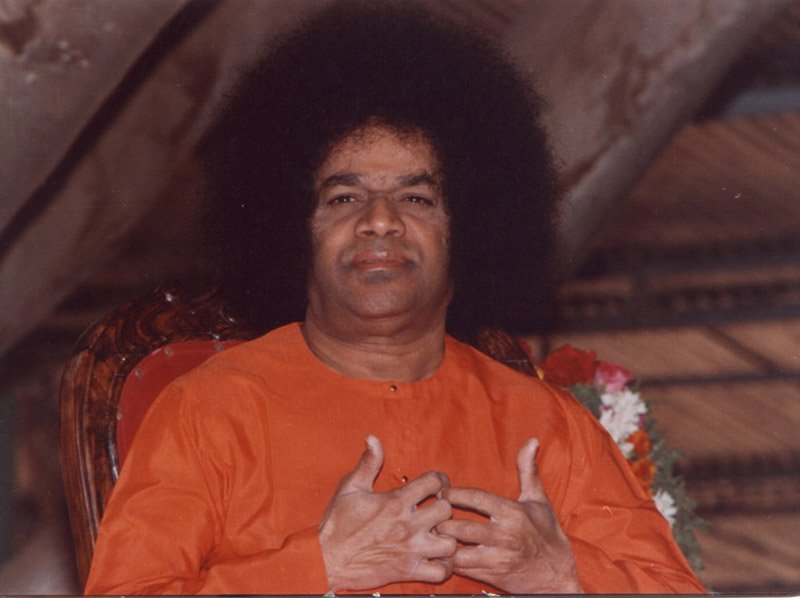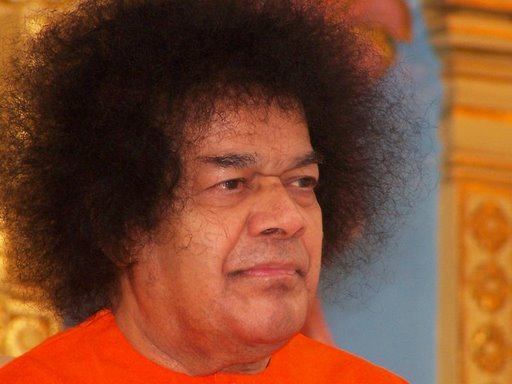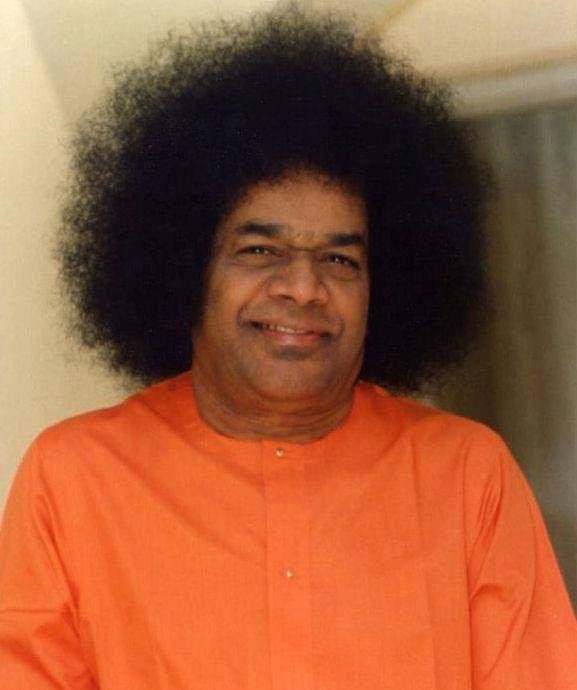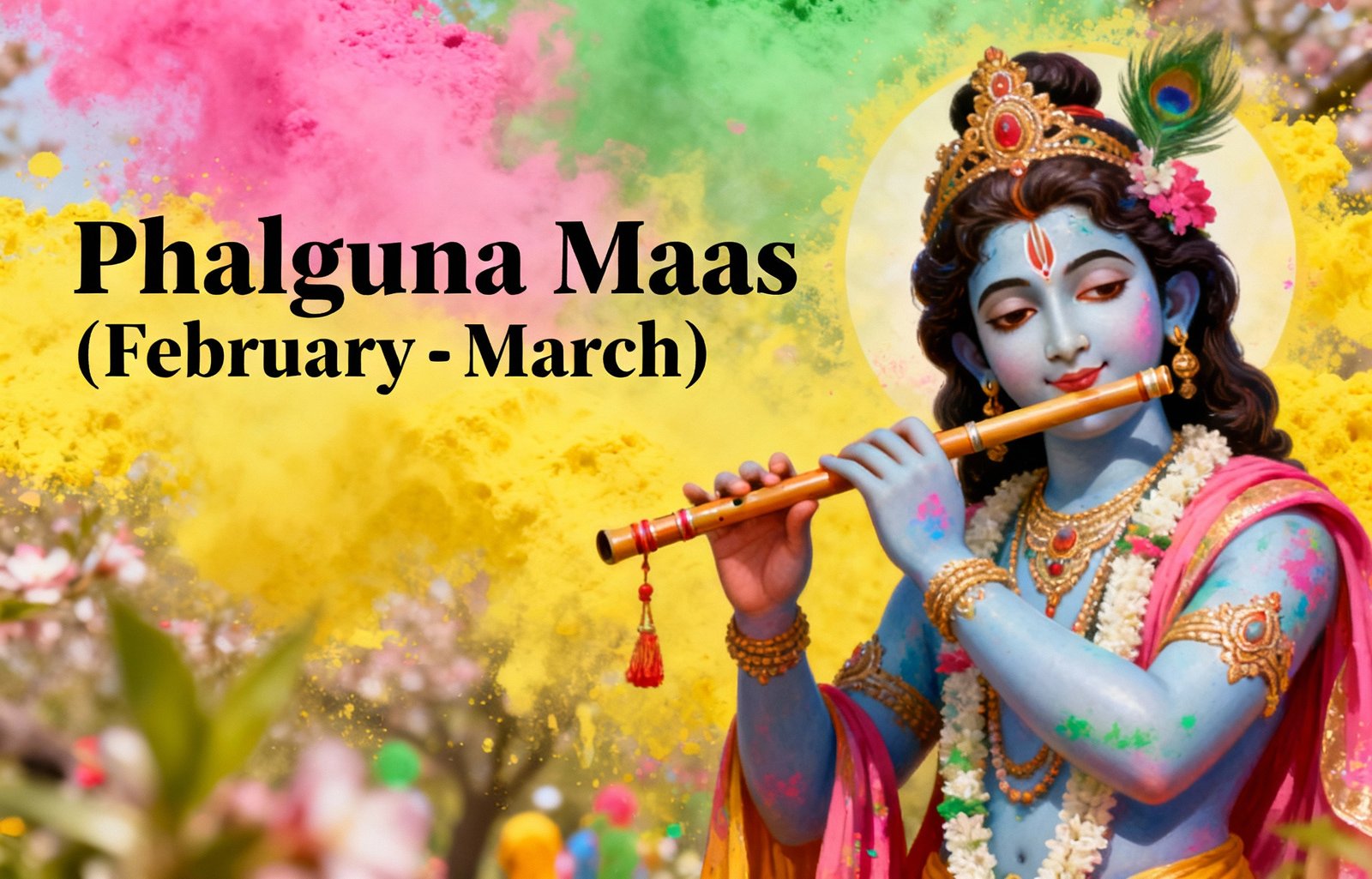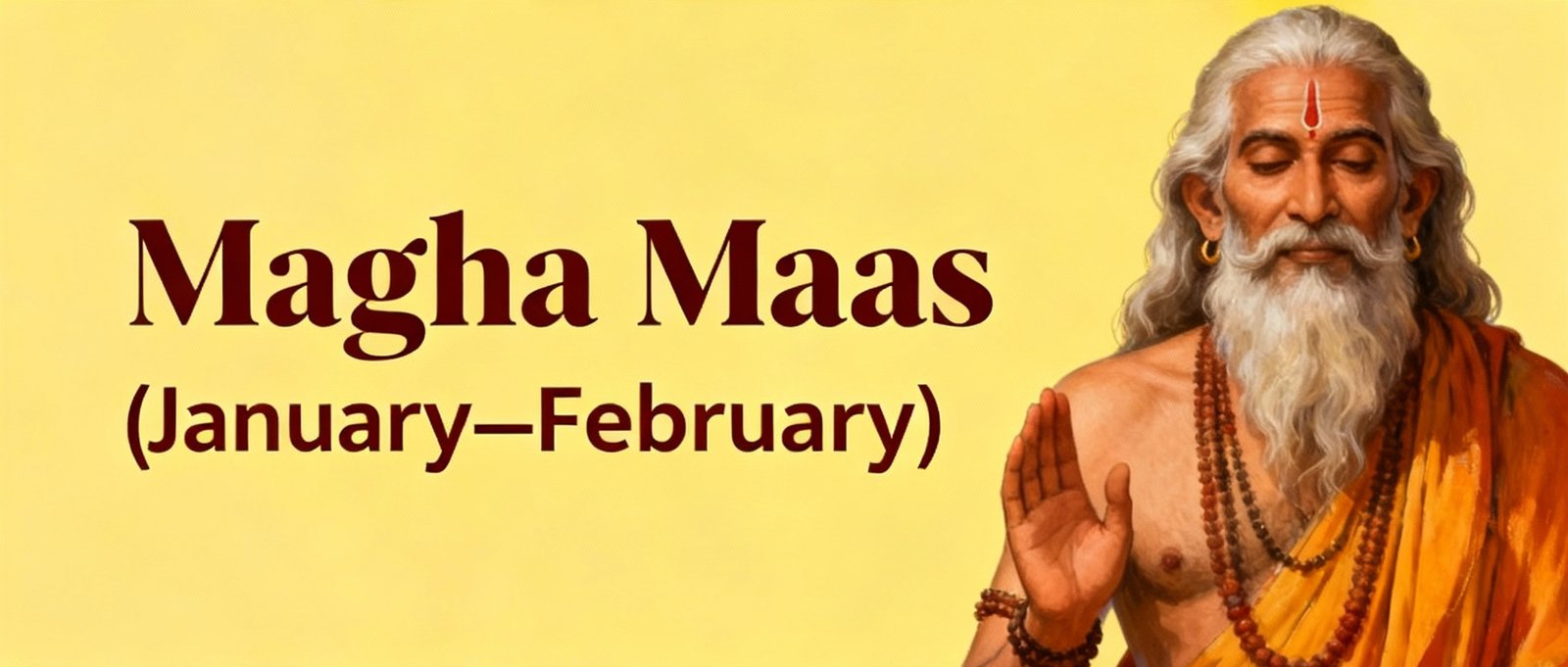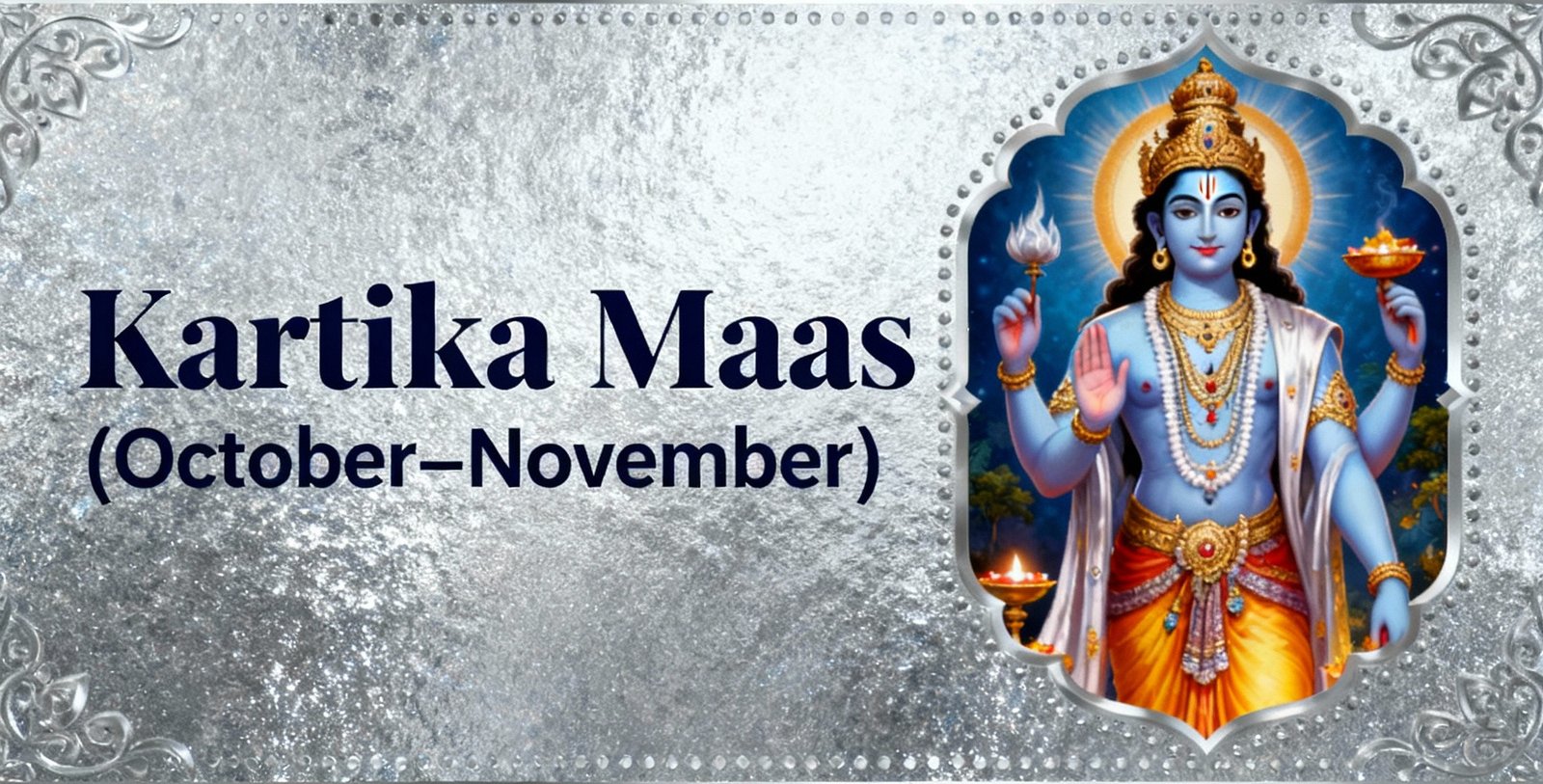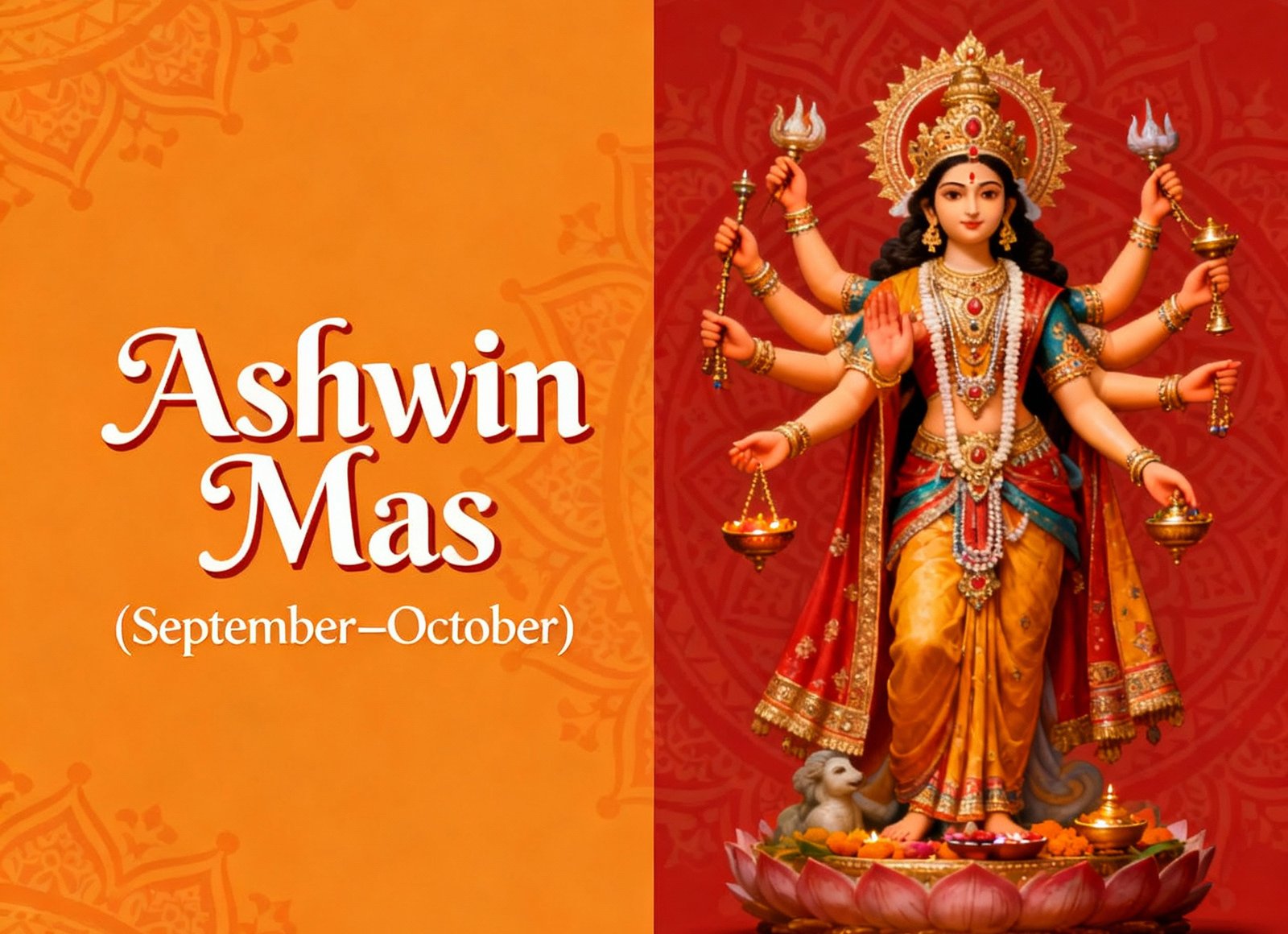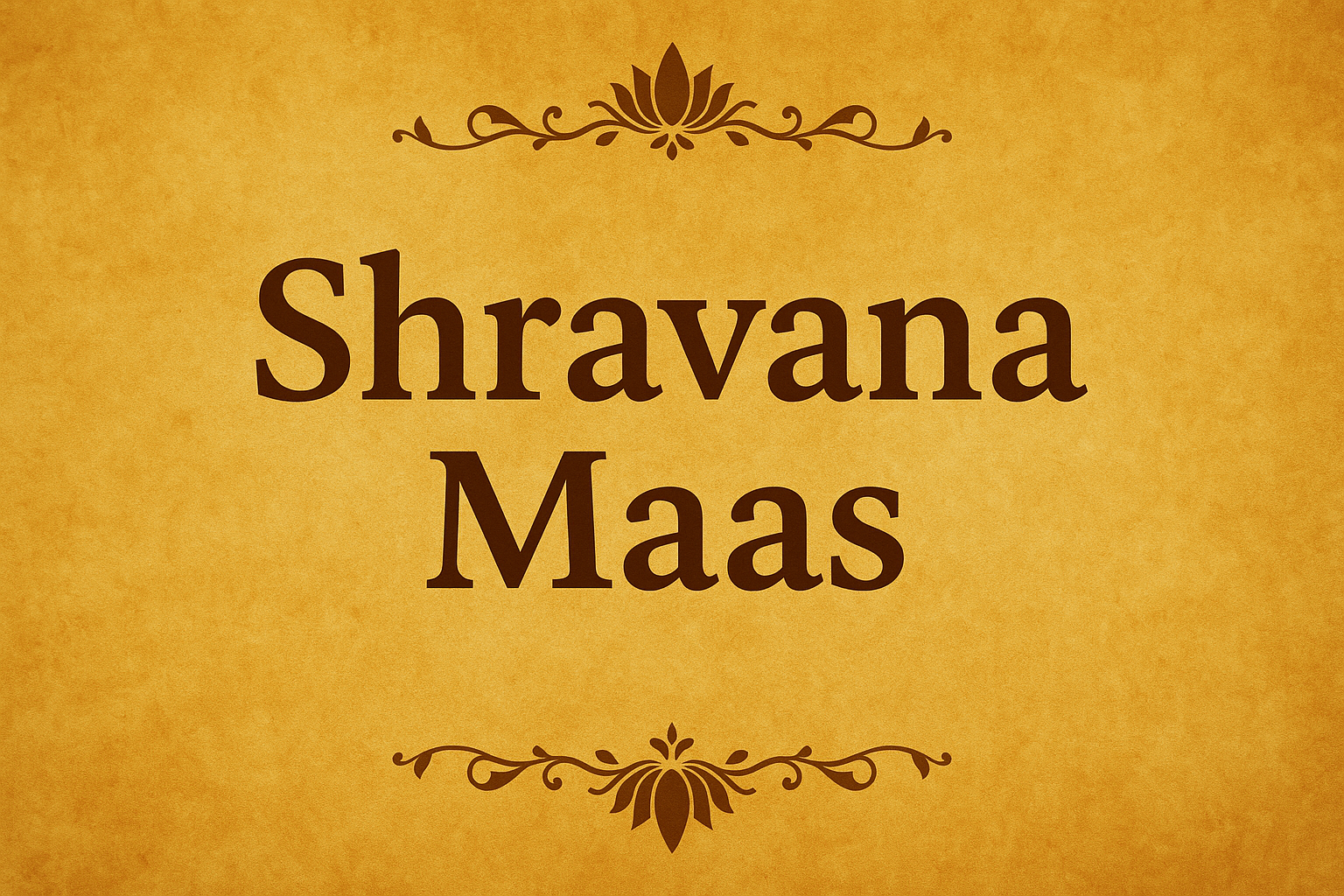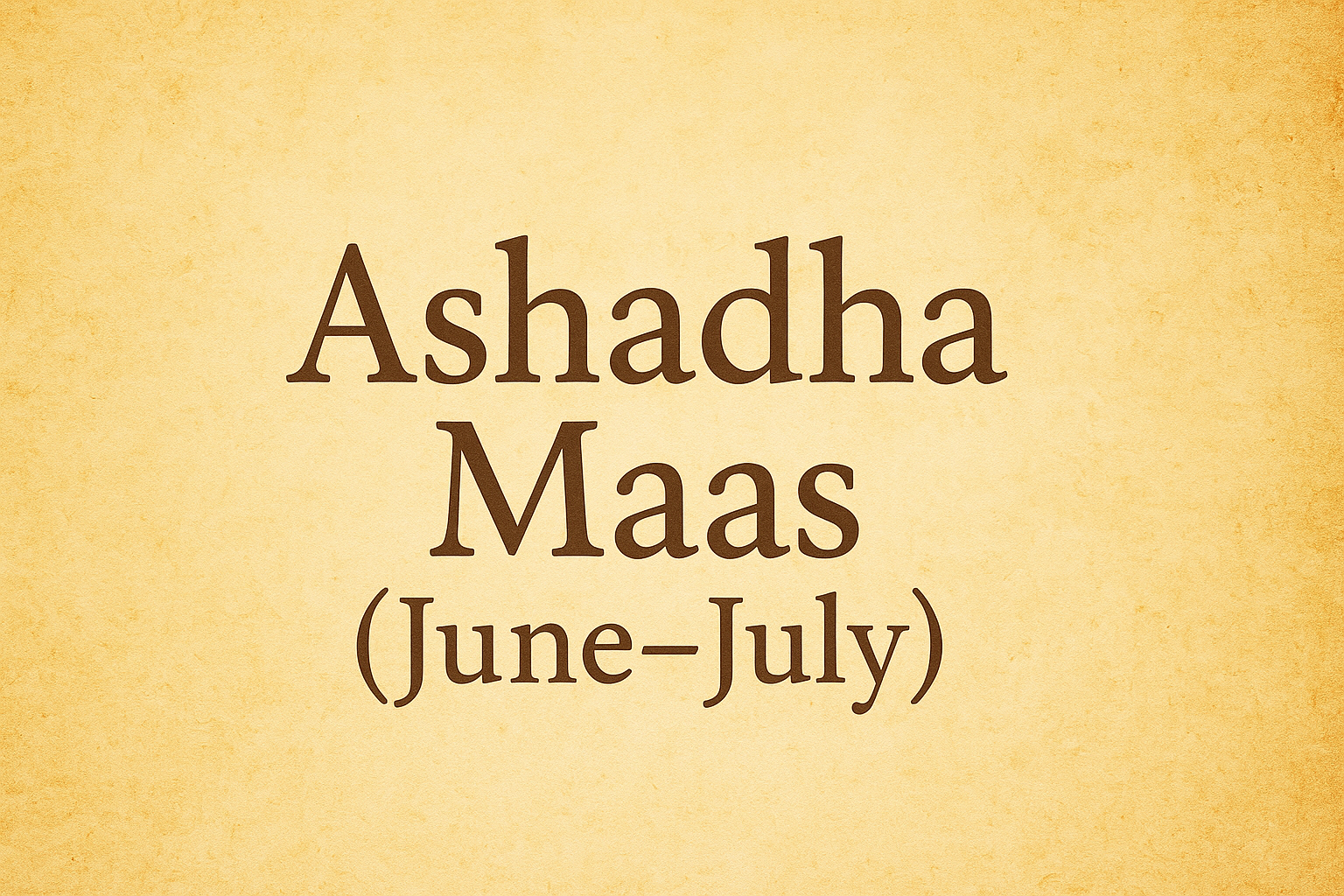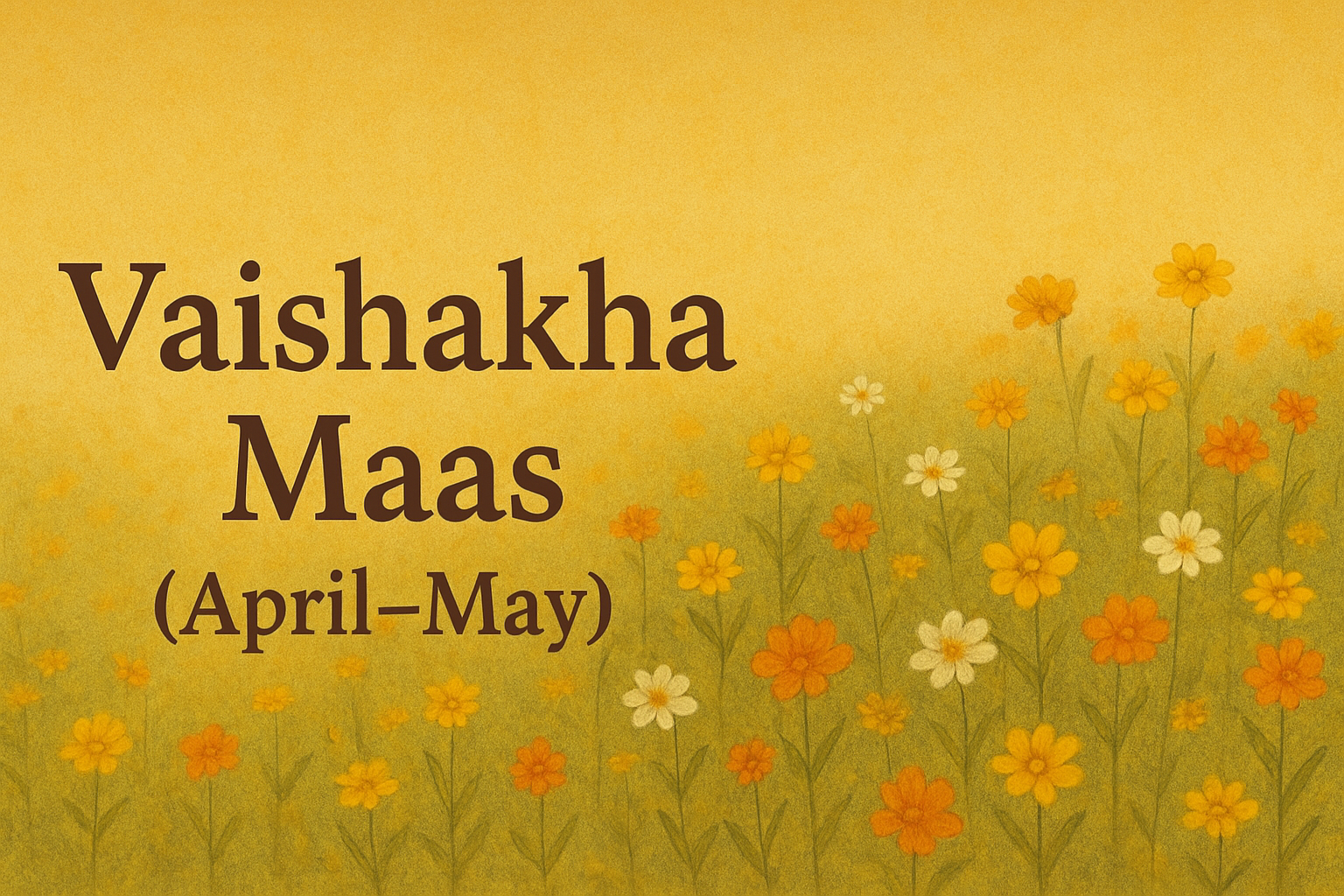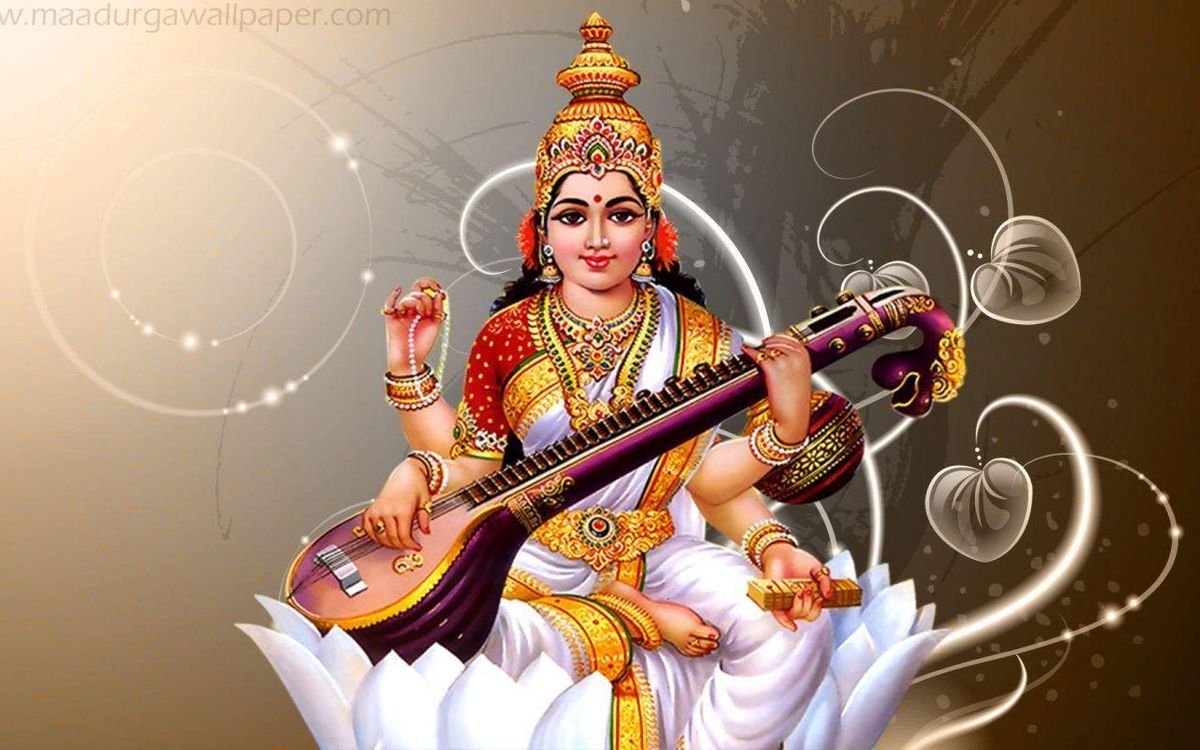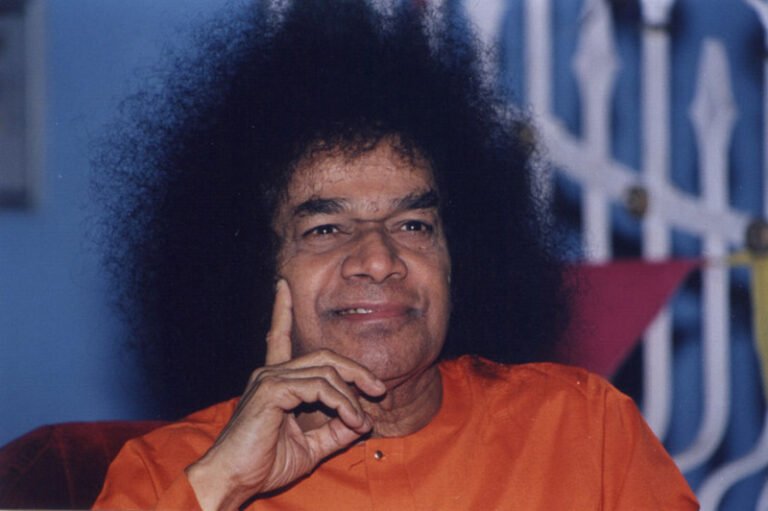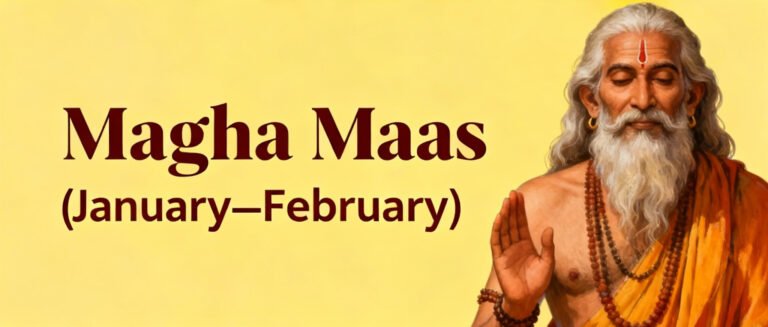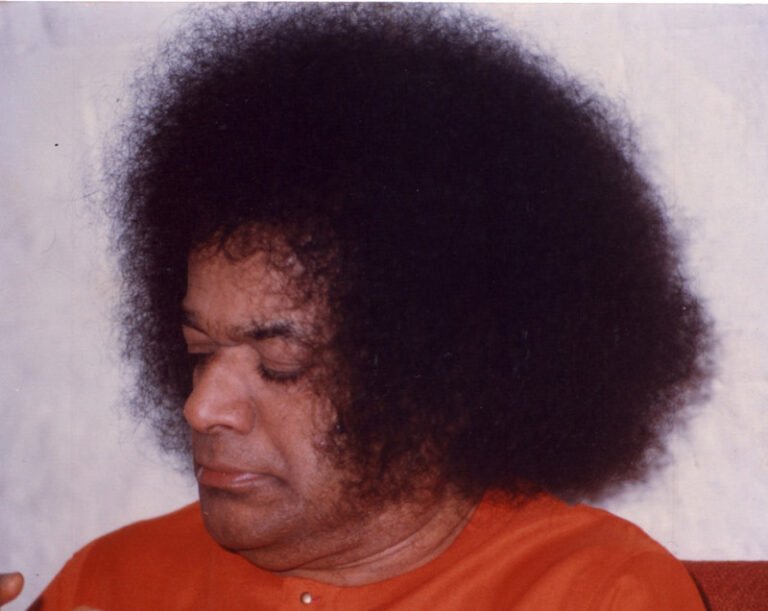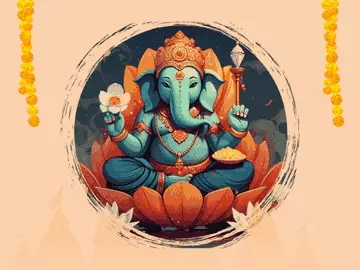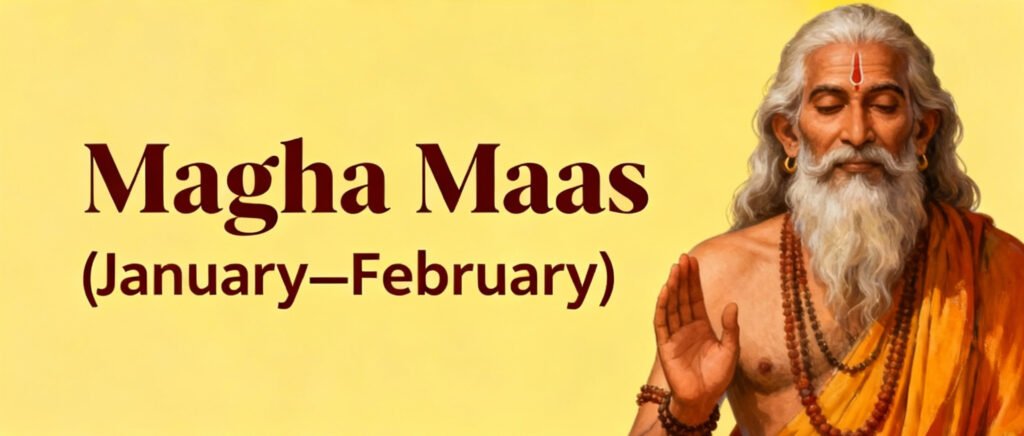Magha (January–February)
Ekadashi In The Month Magha (January–February) 🌙 Shattila Ekadashi – Krishna Paksha (Magha Month) Shattila Ekadashi, also known as Tilda Ekadashi or Magha Krishna Ekadashi, falls during the Krishna Paksha (waning phase of the Moon) in the month of Magha (January–February).The word “Shat-tila” comes from Sanskrit, where “Shat” means six and “Tila” means sesame seeds. Thus, this Ekadashi involves six ways of using sesame seeds — for purification, worship, charity, and nourishment — to obtain spiritual merit and protection from sins. This sacred Ekadashi is celebrated as a day of charity, purification, and selflessness, symbolizing the importance of giving with love and faith. 🕉️ Spiritual & Mythological Significance The story of Shattila Ekadashi is described in the Bhavishya Purana.Once, a pious woman devotedly worshiped Lord Vishnu and performed many fasts and rituals. However, despite her devotion, she never offered food or charity to Brahmins, devotees, or the needy. As a result, although she attained a heavenly abode after her death, her celestial home was barren and devoid of food or wealth. Seeing her plight, she approached Lord Vishnu and asked why her merits had not brought her joy. The Lord explained, “O noble woman, you performed many fasts and rituals, but never shared your food with others. Charity is the essence of true devotion. Without compassion, all austerities remain incomplete.” He advised her to observe the Shattila Ekadashi Vrata, using sesame seeds (tila) in six sacred ways: She followed the Lord’s instructions with complete devotion, and soon her home became abundant with divine light, prosperity, and peace. Thus, Shattila Ekadashi came to represent the power of charity, purity, and sharing as the foundation of spiritual life. 🌼 Importance of Shattila Ekadashi 🪔 Rituals and Observances 1. Dashami (Day Before Ekadashi) 2. Ekadashi Day (Main Fast) 3. Dwadashi (Breaking the Fast) 📜 Scriptural Reference In the Bhavishya Purana, Lord Krishna tells Yudhishthira: “O King, one who observes Shattila Ekadashi with devotion is freed from all sins committed by the body, speech, and mind.By giving sesame seeds, offering food, and chanting My name, one attains divine prosperity and eternal happiness.” 🌺 Spiritual Meaning Shattila Ekadashi teaches that charity done with love and humility purifies the heart and pleases the Divine.Even the smallest offering, when made with faith, becomes sacred. Sesame seeds symbolize purity, nourishment, and divine energy — the sustenance that supports both the body and soul. This Ekadashi reminds us to share what we have — food, compassion, and time — to make life truly fruitful (Saphala). ✨ Essence of Shattila Ekadashi Teaches that selfless giving is the highest form of devotion Promotes charity, purity, and compassion Purifies mind and body through the six uses of sesame (Shat-Tila) Brings prosperity, spiritual energy, and liberation 🌙 Jaya Ekadashi – Shukla Paksha (Magha Month) Jaya Ekadashi, also known as Bhoumi Ekadashi, falls in the Shukla Paksha (waxing phase of the Moon) during the month of Magha (January–February).It is considered one of the most spiritually powerful and sin-destroying Ekadashis, mentioned in the Padma Purana and Bhavishya Purana. This sacred day is devoted to Lord Vishnu, the protector of the universe. Observing the Jaya Ekadashi Vrat frees one from all sins, even from the gravest of transgressions, and grants moksha (liberation) from the endless cycle of birth and death. 🕉️ Spiritual & Mythological Significance The legend of Jaya Ekadashi was narrated by Lord Krishna to Yudhishthira in the Padma Purana.Once, in the court of Lord Indra, the King of Heaven, the celestial musicians (Gandharvas) named Malyavan and Pushpavati performed before the divine assembly. During the performance, Pushpavati, enchanted by Malyavan, became distracted. Their music faltered, and Indra became enraged. In his anger, he cursed them: “Because you disrespected the sanctity of the divine court, you shall both be born as demons on earth, losing your heavenly form and glory.” Instantly, they were transformed into horrifying demon forms, dwelling in the snow-clad Himalayas, tormented by cold, hunger, and sorrow. They remembered none of their past. One day, by divine will, it was Magha Shukla Ekadashi. The couple had no food and, unknowingly, they fasted the entire day and night, suffering in silence. In the morning (Dwadashi), they died and were instantly released from their demonic bodies, regaining their celestial forms. When they returned to heaven, Lord Indra was astonished and asked how they were freed. Lord Vishnu revealed: “They observed Jaya Ekadashi Vrata, unknowingly fasting in My remembrance. Therefore, their sins were destroyed, and they attained liberation.” From that day, the Jaya Ekadashi fast became a sacred means to destroy even the most dreadful sins and grant eternal freedom. 🌼 Importance of Jaya Ekadashi It is said that even hearing the glory of this Ekadashi grants the merit of performing a thousand Ashwamedha Yajnas. 🪔 Rituals and Observances 1. Dashami (Day Before Ekadashi) 2. Ekadashi (Main Day of Fasting) 3. Dwadashi (Breaking the Fast) 📜 Scriptural References In the Padma Purana, Lord Krishna says to Yudhishthira: “He who observes Jaya Ekadashi with full devotion is freed from even the sin of killing a Brahmin or destroying one’s lineage.This sacred fast bestows happiness in this world and salvation in the next.” 🌺 Spiritual Meaning Jaya Ekadashi teaches that no sin is permanent when repentance and devotion are sincere.Even the darkest karma can be cleansed by fasting, prayer, and surrender to God. This Ekadashi is symbolic of victory over the lower self — conquering inner demons of anger, greed, lust, and ignorance.By following the path of faith and discipline, one attains true “Jaya” — victory of the soul over illusion. ✨ Essence of Jaya Ekadashi Brings peace, prosperity, and blessings from Lord Vishnu. Symbol of victory (Jaya) over sin, ego, and darkness. A day for atonement, self-purification, and divine grace. Removes all forms of bondage and leads to moksha (liberation).
Magha (January–February) Read Post »


